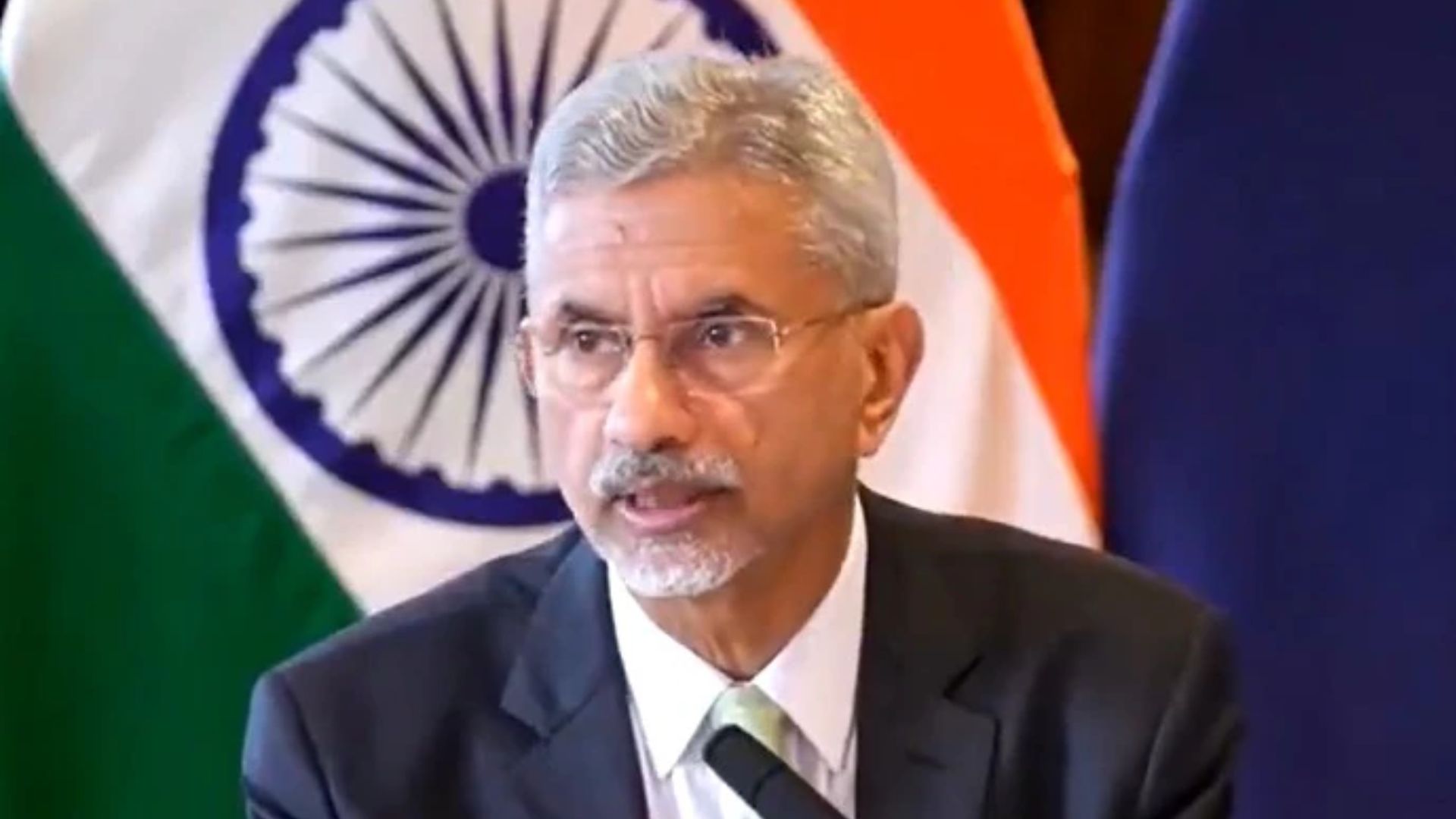Despite increasing economic pressure from the United States, China has set an ambitious 5% GDP growth target for 2025, aiming to sustain its economic expansion through fiscal stimulus and policy adjustments. However, rising US tariffs, a prolonged property downturn, deflation concerns, and weak consumer demand pose significant challenges to achieving this goal.
China’s 2025 Economic Targets
Premier Li Qiang, addressing the National People’s Congress (NPC), highlighted the complex external environment affecting China’s economy. The ongoing trade war with the US, especially new tariffs imposed by former US President Donald Trump, threatens China’s export-driven growth model.
To counteract these pressures, Beijing has announced several key economic measures:
- Fiscal Deficit Target at 4% of GDP: This marks the highest fiscal deficit in over three decades, signaling increased government spending to stabilize economic growth.
- Issuance of 1.3 Trillion Yuan ($179 Billion) in Ultra-Long Special Treasury Bonds: Up from 1 trillion yuan in 2024, this funding is aimed at infrastructure and stimulus projects.
- Local Government Debt Allowance Increased to 4.4 Trillion Yuan: From 3.9 trillion yuan in 2024, to support provincial economies.
- 500 Billion Yuan Fund to Re-Capitalize Major State Banks: Strengthening financial institutions to maintain credit flow.
- Consumer-Focused Stimulus: Expansion of a 300 billion yuan subsidy scheme for electric vehicles, home appliances, and other consumer goods.
Trade War Pressures and US Tariffs
The US-China trade war has escalated, with the Biden administration maintaining Trump-era tariffs and adding a new 10% tariff on Chinese imports. This comes as part of Washington’s strategy to curb China’s influence in global supply chains.
The trade war impact on China includes:
- Export Challenges: The US remains a key market for Chinese goods, with over $400 billion in exports annually. The latest tariffs threaten China’s industrial base and force exporters to seek alternative markets.
- Retaliation by Beijing: China has responded with counter-tariffs, but businesses fear further US restrictions, which could disrupt China’s manufacturing sector.
- Shift in Strategy: Analysts believe China will pivot towards boosting domestic consumption and expanding trade partnerships in emerging markets to reduce reliance on US exports.
China’s Internal Economic Struggles
While China’s 5% GDP growth target is one of the highest among major economies, domestic issues remain a major concern:
1. Rising Fiscal Deficit and Debt Levels
- The 4% fiscal deficit reflects increased government spending, but economists warn that rising debt levels could strain China’s financial system in the long run.
2. Persistent Deflation
- China is experiencing its longest stretch of deflation since the 1960s.
- The government has set an inflation target of 2%, the lowest since 2003, as consumer prices have remained stagnant at 0.2% over the past two years.
- Low inflation signals weak consumer demand, a major hurdle for economic growth.
3. Real Estate Crisis
- China’s property sector remains unstable, with real estate companies struggling under heavy debt burdens.
- Property prices continue to decline, reducing consumer wealth and affecting overall economic confidence.
Government’s Push for Consumption-Led Growth
Recognizing these challenges, Premier Li Qiang emphasized the need for increased consumer spending. The term “consumption” appeared 31 times in his report, compared to 21 times last year, reflecting a policy shift towards boosting domestic demand.
However, structural challenges remain:
- China’s household spending is below 40% of GDP, far lower than the global average of 60%.
- Investment-driven growth dominates, while consumer-driven growth remains weak.
- Limited social welfare programs discourage spending, as citizens save more for healthcare and retirement.
Technology and AI Expansion
China is also intensifying its focus on technology to drive economic growth, with artificial intelligence and automation playing a pivotal role in its long-term strategy. The emergence of AI-powered platforms like Deepseek has already begun to boost investor sentiment, reflecting the country’s push toward innovation-led expansion.
Following Premier Li Qiang’s speech, the CSI AI Industry Index saw a 1.1% increase, while the Hang Seng Tech Index climbed 3%, signaling strong market confidence in China’s technological advancements. AI and advanced manufacturing are expected to be key drivers of economic transformation, reinforcing China’s ambition to solidify its position as a global leader in cutting-edge industries.
China’s ambitious growth target for 2025 reflects Beijing’s confidence in its ability to navigate economic challenges. However, achieving this goal will require aggressive stimulus measures, structural reforms, and resilience against external shocks.
ALSO READ: Pakistan Suicide Bombing: Death Toll Climbs To 12, Nearly 30 Injured In Bannu Cantonment Attack























